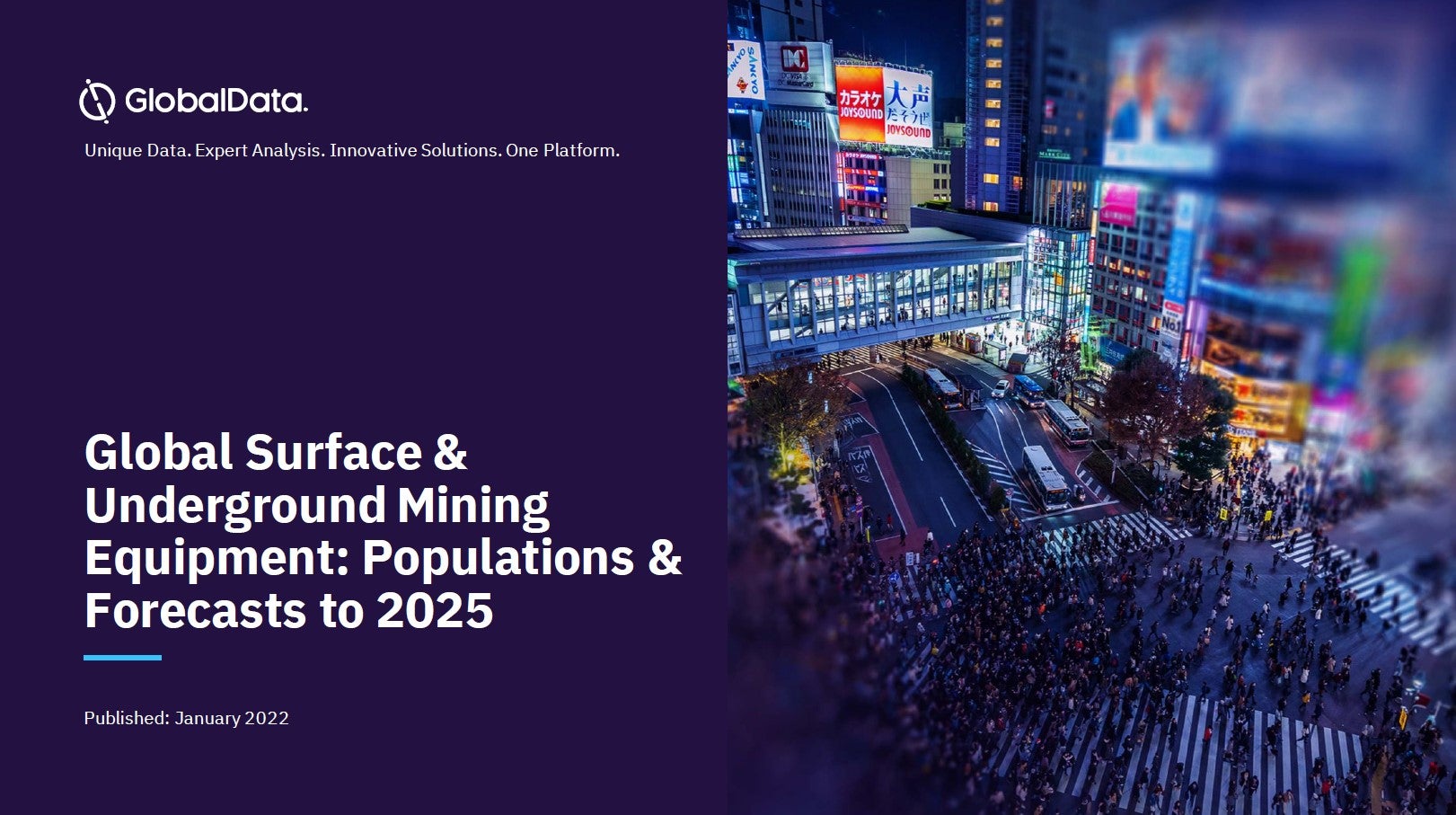As mining operations continue to grow in scale – Anglo American invested $5.3bn into a new copper mine in Peru just last month – the need for heavy equipment and large machines to operate these sites has grown alongside them; Caterpillar alone made over $45bn in revenue last year. As a result, minimising the likelihood of underground collisions in mines has become a priority for Carroll Technologies Group, which offers solutions maximising visibility to limit the likelihood and consequences of collisions.
How well do you really know your competitors?
Access the most comprehensive Company Profiles on the market, powered by GlobalData. Save hours of research. Gain competitive edge.

Thank you!
Your download email will arrive shortly
Not ready to buy yet? Download a free sample
We are confident about the unique quality of our Company Profiles. However, we want you to make the most beneficial decision for your business, so we offer a free sample that you can download by submitting the below form
By GlobalDataCollisions and their risks
Contact between workers and equipment poses a threat to safety regardless of the size of the operation.
Carroll Engineering president Allen Haywood explains: “Even a small operation with, let’s say, one end loader, the operator still could not see equipment or personnel enter his work area that need to get his attention. That is a very high-risk area, anywhere where they have any type of equipment moving.
“Those are very potentially dangerous areas, just in a split second, someone could get run over or a vehicle could get crushed, or there could be damage to property.”
The US Department of Labor’s Mine Safety and Health Administration (MSHA) reports that, while the US is on track for the safest year in its history with regards to fatalities, there have been a considerable number of collision-related deaths at mining operations. Of the 11 fatalities at US mines this year, seven have been in relation to haulage, at both coal and metal/non-metal operations, and a further death was directly caused by machinery. With such a significant percentage of deaths arising from interactions between workers and machines, being aware of the relative positions of workers and equipment can be of critical importance.
Staying safe through visibility
“To help minimise those risks, visuals are important [as is] a collision-avoidance system, because you can’t always have visuals on where everything is,” says Haywood.
“Let’s say you have a large loader that is moving forward and backward all the time, or loading trucks, a crusher or a loading facility, there’s no way that the operator can see what’s behind him, that is in close proximity.”
Haywood has spoken previously about Carroll’s collision-avoidance system, where machinery can detect the presence of tags that can be placed on other equipment or worn by workers and alert their operators when a tag enters their work zone. He has also discussed Carroll’s geofence system, which uses satellites to establish work zones around larger pieces of machinery in surface operations, eliminating the need for them to be individually tagged. Carroll’s system generates visibility without compromising on operations, as workers are able to complete their tasks while only being alerted in times of emergency. The system is also easy to implement and easy to manage, so there are few obstacles to its use.
Haywood says: “Any time you sell a product, you want the customer to be very comfortable with what he has, how to operate it, how to do maintenance, how to service it, so that adds value to the product; we’re always there to help them.”
Carroll’s policy of personalising its services for individual mining operations and regularly checking in with customers to service solutions and check that they are being used effectively means additional visibility can be comprehensively and productively integrated into mining to reduce the risks of collisions.






Related Company Profiles
Carroll Engineering Company
Carroll Technologies Group Inc
Anglo American Plc
Caterpillar Inc